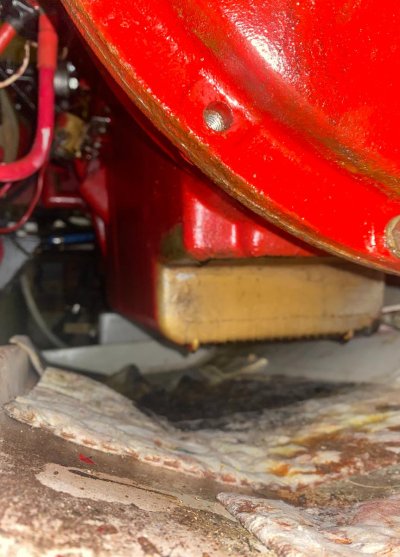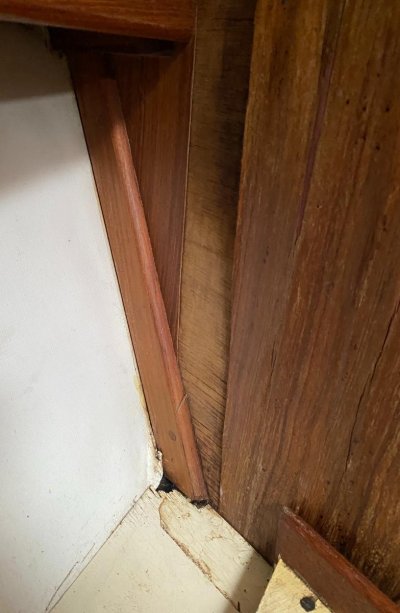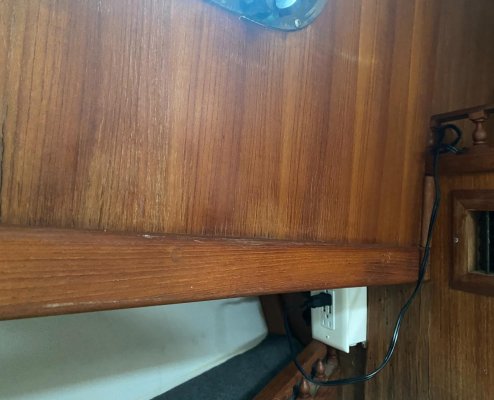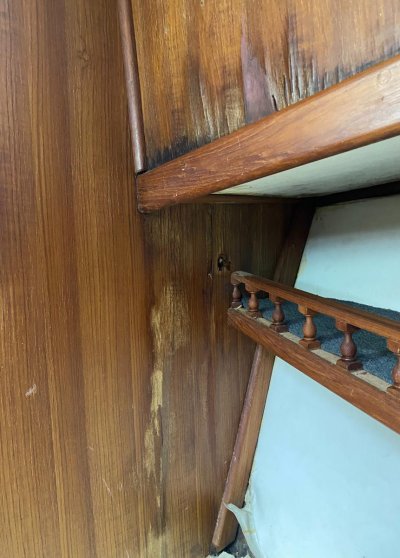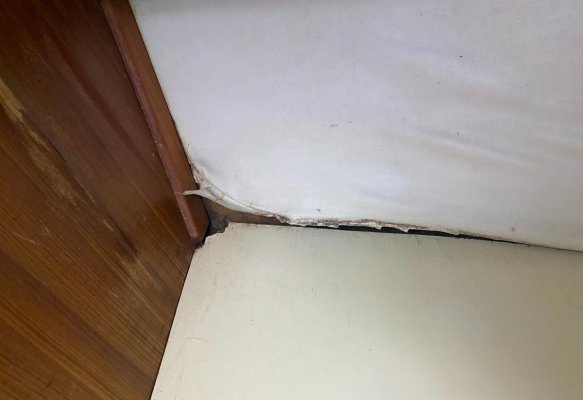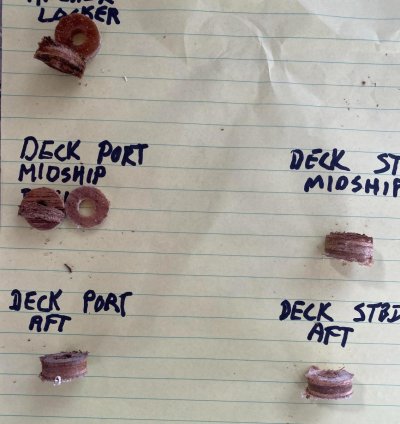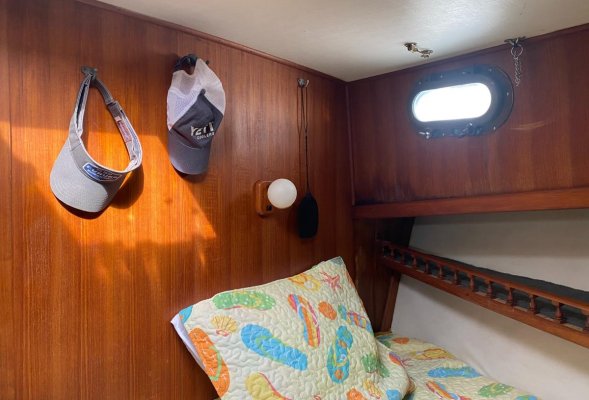boomerang
Guru
- Joined
- Apr 29, 2016
- Messages
- 1,446
- Location
- united states
- Vessel Name
- Wandering Star
- Vessel Make
- Hatteras 42 LRC
So, as I tried to accurately update and detail in the listing of our Albin in the boats for sale section, after the boat went to survey ,the very interested buyer decided against buying the boat due to an unfavorable survey.
When I say unfavorable, I can only speculate on what the entire survey entailed because I wasn't privy to most of the details. BTW, I've reached out to the prospective buyer who had the survey done and expressed an interest in buying the survey from him. He texted me the total amount of survey, including oil samples plus haul out ($1500 for the survey + $350 quick haul). I don't really care about the oil samples but admittedly I'd be curious about the main and gen samples, I could care less about the clutch; I've thought about using that oil elsewhere like my lawnmower ,since it comes out so clean after the 100 hour maintenance interval) but I'm not interested in paying full price for a survey, especially after what I've found after the fact. Maybe 50% but I'm thinking it's worth less than that now.
Anyway, here's what I know scared the buyer away from what was in the survey and here's what I've figured out.
The engine:
I on purpose left the diapers under the engine since the oil change 75 hours ago to show what oil seeps from the engine gaskets seals etc. What looks like antifreeze is where the diapers got wet from me flushing the engine with fresh water. It doesn't leak any antifreeze. The surveyor pulled the dipstick out while we seatrialing the boat and the engine was running. He noted fumes and particles of oil being expelled and proclaimed it being due to excessive crankcase pressure. OK...if he says so. All I know is it's always had some fumes coming from the vent tube and it sure doesn't look like much oil was blown by since the last oil change as evidenced by the diapers. Plus, when the dipstick was pulled, it's tube is below the crankshaft. I would think there might me oil splashing around down there but again, if you say so.
Second pic. Another view of the diapers from the rear. The biggest problem I see is I'm missing a bell housing bolt! It really seems like a pretty tight engine for being a vintage Ford Lehman 120.
When I say unfavorable, I can only speculate on what the entire survey entailed because I wasn't privy to most of the details. BTW, I've reached out to the prospective buyer who had the survey done and expressed an interest in buying the survey from him. He texted me the total amount of survey, including oil samples plus haul out ($1500 for the survey + $350 quick haul). I don't really care about the oil samples but admittedly I'd be curious about the main and gen samples, I could care less about the clutch; I've thought about using that oil elsewhere like my lawnmower ,since it comes out so clean after the 100 hour maintenance interval) but I'm not interested in paying full price for a survey, especially after what I've found after the fact. Maybe 50% but I'm thinking it's worth less than that now.
Anyway, here's what I know scared the buyer away from what was in the survey and here's what I've figured out.
The engine:
I on purpose left the diapers under the engine since the oil change 75 hours ago to show what oil seeps from the engine gaskets seals etc. What looks like antifreeze is where the diapers got wet from me flushing the engine with fresh water. It doesn't leak any antifreeze. The surveyor pulled the dipstick out while we seatrialing the boat and the engine was running. He noted fumes and particles of oil being expelled and proclaimed it being due to excessive crankcase pressure. OK...if he says so. All I know is it's always had some fumes coming from the vent tube and it sure doesn't look like much oil was blown by since the last oil change as evidenced by the diapers. Plus, when the dipstick was pulled, it's tube is below the crankshaft. I would think there might me oil splashing around down there but again, if you say so.
Second pic. Another view of the diapers from the rear. The biggest problem I see is I'm missing a bell housing bolt! It really seems like a pretty tight engine for being a vintage Ford Lehman 120.


